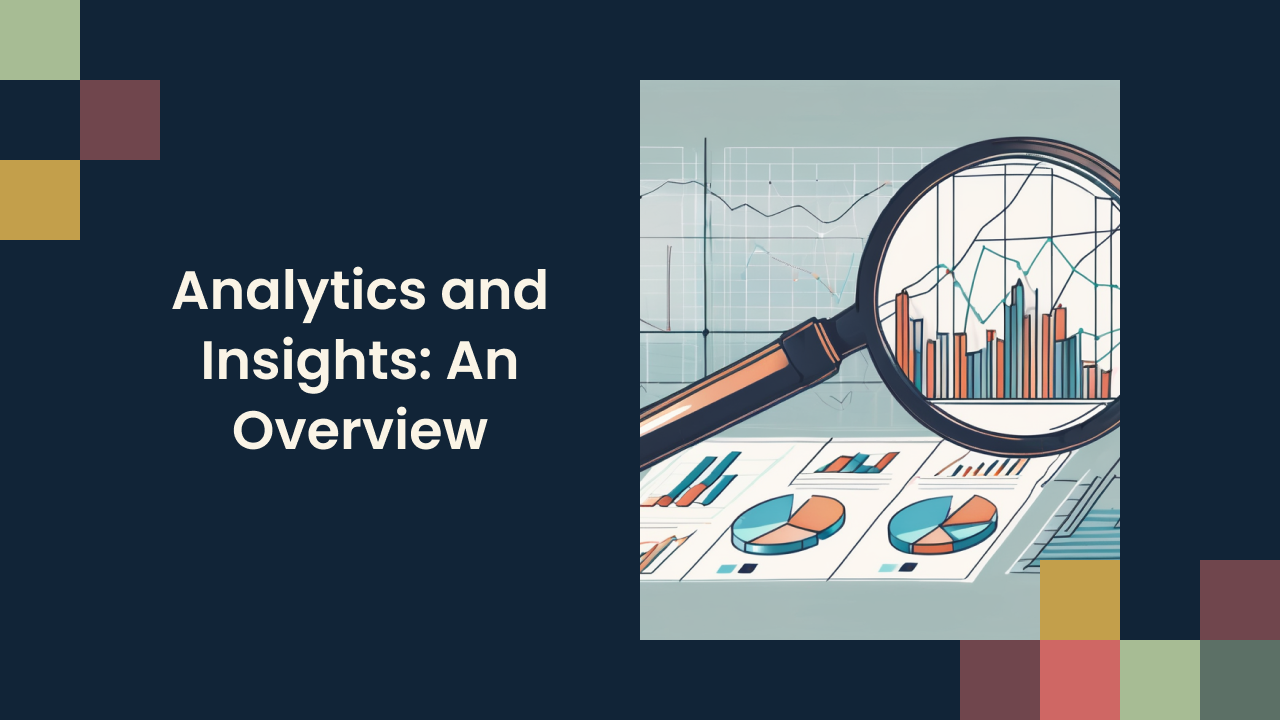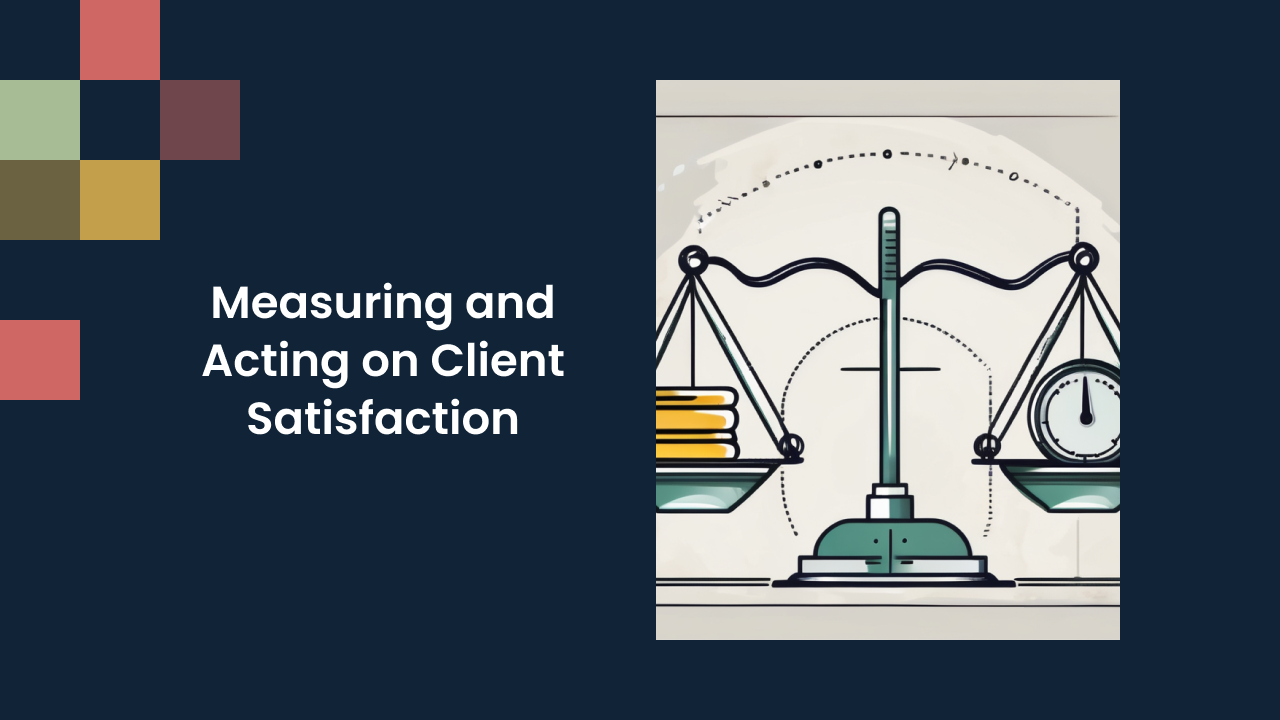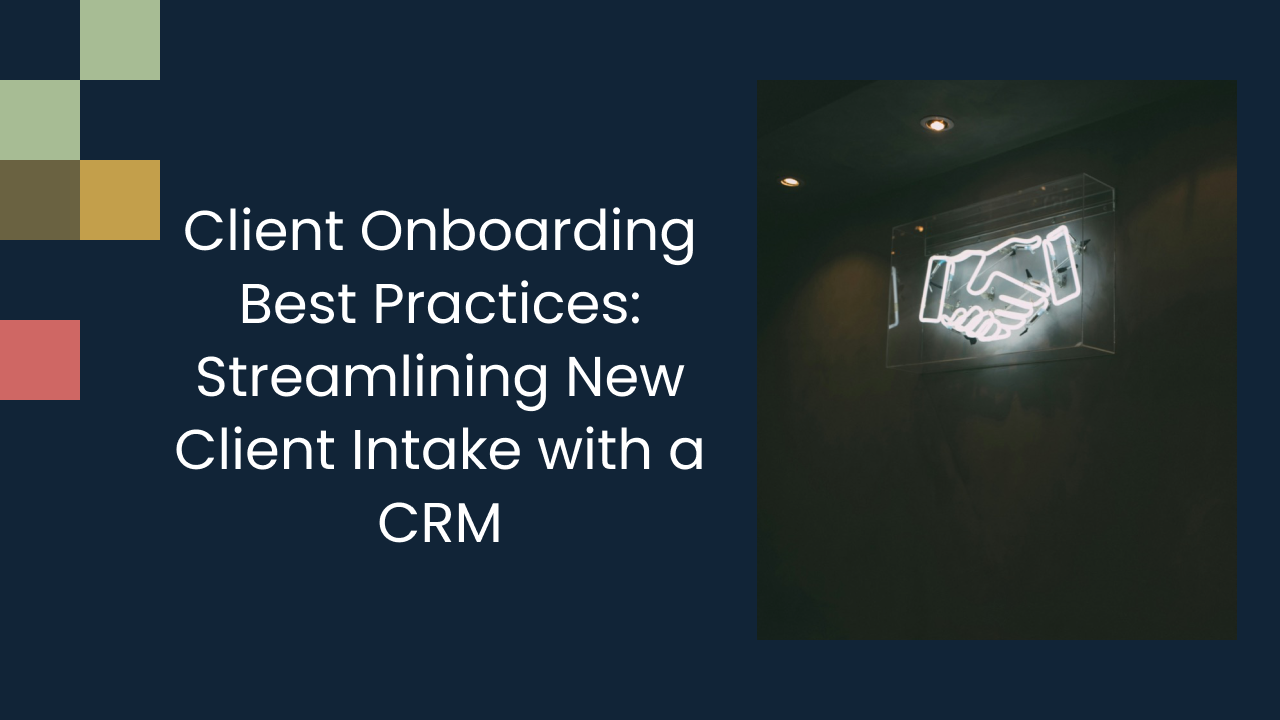Analytics and Insights: An Overview
Analytics and Insights play a crucial role in today's data-driven business environment. Businesses can make informed decisions that drive growth and success by analyzing data and extracting meaningful insights. Understanding the basics of analytics and the importance of data analysis is fundamental for any organization looking to leverage their data effectively.
Understanding the Basics of Analytics
Analytics is the process of collecting, organizing, and analyzing data to draw conclusions and make informed decisions. It involves using mathematical and statistical models to uncover patterns, correlations, and trends within the data. The goal is to transform raw data into actionable insights that drive business performance.
The Importance of Data Analysis
Data analysis is a critical component of analytics. It enables businesses to understand their customers, identify market trends, and uncover opportunities for growth. By analyzing data, organizations can make informed decisions, optimize processes, and improve overall performance. Data analysis provides the foundation for generating valuable insights that can shape business strategy.
Different Types of Analytics
Analytics can be categorized into various types, each serving a different purpose:
- Descriptive Analytics: Descriptive analytics focuses on understanding what has happened in the past. It involves summarizing historical data to gain insights into trends and patterns.
- Predictive Analytics: Predictive analytics uses historical data to make predictions about future outcomes. It applies statistical algorithms and machine learning techniques to forecast trends and behaviors.
- Prescriptive Analytics: Prescriptive analytics goes beyond predicting future outcomes. It recommends actions or decisions based on the insights gained from predictive and descriptive analytics.
- Diagnostic Analytics: Diagnostic analytics aims to identify the cause of a particular event or outcome. It involves analyzing historical data to understand why certain events occurred.
Now, let's delve deeper into each type of analytics:
Descriptive Analytics
Descriptive analytics provides a snapshot of historical data, allowing businesses to understand what has happened in the past. By summarizing and visualizing data, organizations can gain insights into trends, patterns, and key performance indicators. For example, a retail company may use descriptive analytics to analyze sales data and identify which products are the most popular among customers.
Predictive Analytics
Predictive analytics takes historical data and uses it to make predictions about future outcomes. By applying statistical algorithms and machine learning techniques, businesses can forecast trends and behaviors, helping them make informed decisions. For instance, a healthcare provider may use predictive analytics to identify patients who are at a higher risk of developing certain diseases, allowing them to intervene early and provide personalized care.
Prescriptive Analytics
Prescriptive analytics goes beyond predicting future outcomes. It not only provides insights into what is likely to happen but also recommends specific actions or decisions to optimize results. By combining predictive and descriptive analytics, organizations can determine the best course of action to achieve desired outcomes. For example, a logistics company may use prescriptive analytics to optimize delivery routes, considering factors such as traffic patterns, weather conditions, and customer preferences.
Diagnostic Analytics
Diagnostic analytics focuses on understanding the cause of a particular event or outcome. By analyzing historical data, businesses can uncover the factors that contributed to a specific result. This type of analytics helps organizations identify areas for improvement and make data-driven decisions. For instance, a manufacturing company may use diagnostic analytics to investigate the root cause of a production issue, enabling them to implement corrective measures and prevent future occurrences.
By understanding the different types of analytics and their applications, businesses can harness the power of data to gain a competitive edge, drive innovation, and achieve their goals.
Diving Deeper into Insights
While analytics provides the foundation, insights are the gems that empower decision-making. Insights provide meaningful interpretations and actionable implications derived from data analysis.
Delving further into the realm of insights reveals a world of untapped potential. These nuggets of wisdom not only shed light on past trends but also pave the way for future strategies and innovations. By unearthing these insights, organizations can stay ahead of the curve and anticipate market shifts with precision.
The Role of Insights in Decision Making
Insights have a significant impact on decision-making processes. They help organizations understand their customers' behavior, preferences, and needs. By leveraging insights, businesses can fine-tune their strategies, improve product offerings, and enhance customer experiences.
Moreover, insights serve as the compass guiding businesses through the ever-evolving landscape of consumer demands and market dynamics. They act as the bridge between raw data and informed action, enabling companies to make strategic decisions with confidence and clarity.
How to Generate Valuable Insights
Generating valuable insights requires a systematic approach:
- Define the Objective: Clearly define the purpose of the analysis and what you want to achieve through insights.
- Collect Relevant Data: Gather and organize the data needed to answer the analytical questions and support the objective.
- Apply Analytical Techniques: Utilize analytical techniques such as data mining, regression analysis, or machine learning algorithms to uncover patterns and relationships within the data.
- Interpret and Communicate: Translate the findings into meaningful insights. Present the insights in a clear and actionable manner to key decision-makers.
Furthermore, the process of generating insights is not a one-time event but rather a continuous journey of discovery and refinement. It requires a blend of art and science, where data meets intuition to unveil hidden opportunities and unforeseen challenges. Embracing this iterative approach ensures that insights remain relevant and impactful in an ever-changing business landscape.
The Relationship Between Analytics and Insights
The relationship between analytics and insights is interdependent.
When we delve deeper into the connection between analytics and insights, we uncover a symbiotic relationship that is crucial for the success of businesses in today's data-driven world. Analytics serves as the engine that generates insights, providing organizations with a competitive edge by uncovering patterns, trends, and correlations within vast datasets. By applying advanced analytical techniques such as machine learning and predictive modeling, businesses can extract valuable insights that guide strategic decision-making and drive innovation.
How Analytics Drive Insights
Analytics serves as the engine that generates insights. By applying analytical techniques to data, businesses can extract valuable insights that guide decision-making. Analytics provides the tools and methodologies necessary to transform raw data into actionable knowledge.
Furthermore, analytics not only uncovers insights from historical data but also enables organizations to make accurate predictions about future trends and customer behavior. This forward-looking approach empowers businesses to proactively respond to market changes and stay ahead of the competition.
The Interplay of Analytics and Insights
Insights, in turn, fuel analytics. Insights derived from data analysis help organizations refine their analytics strategies and identify areas for improvement. Organizations that continually analyze data and generate insights create a feedback loop that enhances their analytical capabilities and drives better decision-making.
Moreover, the iterative nature of the relationship between analytics and insights fosters a culture of continuous improvement within organizations. By leveraging insights to optimize their analytics processes, businesses can streamline operations, enhance customer experiences, and achieve sustainable growth.
Tools and Techniques for Effective Analytics and Insights
Various tools and techniques can facilitate effective analytics and insights. In today's data-driven world, having the right tools and techniques at your disposal is crucial for making informed decisions and driving business growth.
When it comes to analytics, the market is flooded with a plethora of tools, each offering its own unique set of features and capabilities. These tools play a vital role in helping organizations extract valuable insights from their data, ultimately leading to improved performance and competitiveness.
Popular Analytics Tools
There are numerous analytics tools available in the market today, each offering unique features and capabilities. Some popular examples include:
- Google Analytics: A web analytics tool that provides valuable insights into website traffic and user behavior.
- Tableau: A data visualization tool that helps organizations explore and communicate data visually.
- Python: A programming language commonly used in data analysis and machine learning.
- Microsoft Power BI: A powerful business analytics tool that enables users to visualize and share insights across their organization.
Techniques for Gaining Deeper Insights
To gain deeper insights, organizations can use techniques such as:
- Data Segmentation: Dividing data into distinct groups based on specific criteria to uncover patterns or differences.
- A/B Testing: Comparing two variations of a certain element to determine which one performs better.
- Sentiment Analysis: Analyzing customer feedback to gauge their attitudes and opinions.
- Cluster Analysis: Identifying groups of similar data points to understand underlying patterns and relationships.
By leveraging a combination of these tools and techniques, businesses can unlock valuable insights, optimize their operations, and stay ahead of the competition in today's data-driven landscape.
Overcoming Challenges in Analytics and Insights
While analytics and insights offer significant benefits, there are challenges organizations must overcome.
Common Obstacles in Data Analysis
Organizations often face challenges during the data analysis process, such as:
- Data Quality and Integration: Ensuring data accuracy and integrating data from various sources.
- Data Privacy and Security: Protecting sensitive data and complying with privacy regulations.
- Limited Resources: Having access to skilled analysts, robust infrastructure, and adequate budgets.
Strategies for Overcoming Insight Generation Challenges
To overcome insight generation challenges, organizations can consider the following strategies:
- Invest in Data Governance: Establishing data governance frameworks to ensure data quality and integrity.
- Enhance Data Security Measures: Implementing robust security measures to safeguard data and protect customer privacy.
- Upskill Workforce: Providing training and development opportunities to analysts to enhance their analytical skills.
Analytics and insights have become essential components of successful businesses. By understanding the basics of analytics, diving deeper into insights, leveraging the relationship between analytics and insights, utilizing effective tools and techniques, and overcoming challenges, organizations can harness the power of data to drive growth and make informed decisions.
Looking for an easier way to manage and grow your studio? Experience a platform built by a photographer, for photographers. Try it free for 2 weeks.











